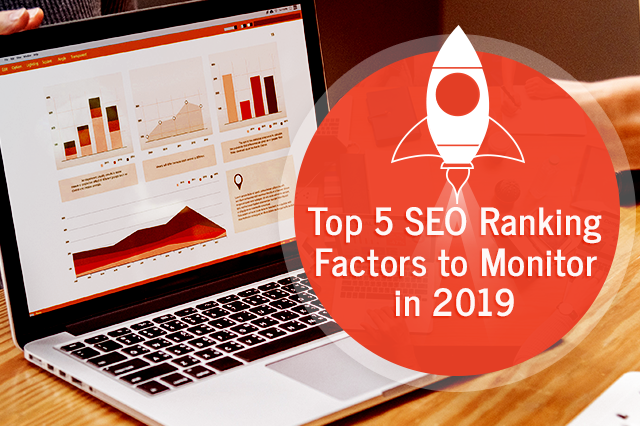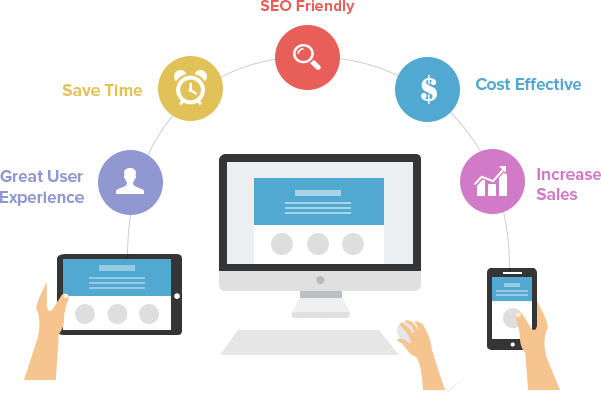The accelerating pace of digitalization and increased internet accessibility has made online presence imperative for companies. However, you can never win the online game if your web traffic is not up to the mark. Since, when your web traffic is down; so you are not capable of catching maximum eyeballs. This ultimately decreases your chances of getting the first 5 ranks on Google listing.
Thereby, you always need effective SEO that is search engine optimization for your website so that it can come on the top of Google first page. SEO is not confined to keyword density; however, you also need to perform adequate backlinks and high-quality content. The content that does not deliver value is of no use in terms of SEO.
To foster your web rank, you should follow multiple strategies over your sites so that you can achieve traction in the results of search. Eventually, an enormous number of people would navigate to your site. The ways you can amplify your web traffic are discussed below:
SEO Audit
First of all, perform a thorough SEO audit. It would assist you in recognizing the major issue your web is going through from web performance to knowing the factors that deter your search visibility over organic levels.
While performing your SEO audit you should profoundly look into Google search console. It would help you in identifying whether Google is facing difficulty in your site’s crawling and indexing or not. Once you identify, you can fix it. Secondly, you should look for the toxic links as at times of link building, and you might add some toxic links to your website that damages the web’s overall performance.
On the other hand, search engine also looks for your page speed, and if your website is weighted heavily then it would affect performance. Also, remove outdated plugins from your site. Your web should be responsive and mobile-friendly. You should have used similar address, name and contact details at each Google search; otherwise it would negatively impact your site visibility. Furthermore, check the quality of your pages. If cannibalization issue is taking place; so fix it. Use images in the ideal website size.
Content
Without content, you can never achieve the perfect results for online presence. Thereby, apart from using quality content; you should have an effective content strategy in place. You should use the keywords appropriately on your website.
For instance, go with the focus keyword on your primary pages, while on secondary pages, use some keywords relevant to your services. However, for tertiary pages you can use tail keywords that are phrases for keywords.
YouTube Videos
It always works and a proven strategy for SEO traction. Use the links to your youtube videos. Doesn’t matter if the quality of your YouTube video is not up to the mark; make sure to add appropriate buttons for your YouTube videos or channel.
Reviews
They are of great importance. Since as per the changing consumer preferences customers are now more likely to see the reviews for making a buying decision. Thereby, you should make sure you provide optimum ongoing support over your websites.
Emails
Make sure you are following an effective email marketing campaign. Thereby, consistently doing email marketing helps you loads. Make sure you are providing your leads some value-oriented material like an –e-book to help them have a better impression about your brand.



